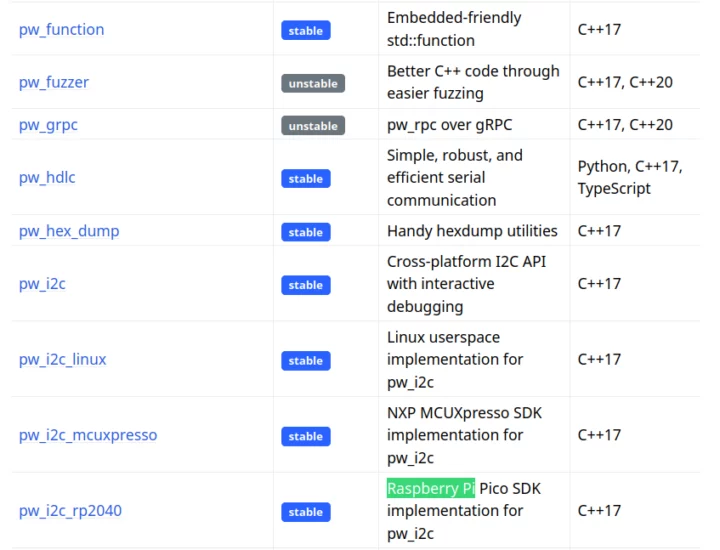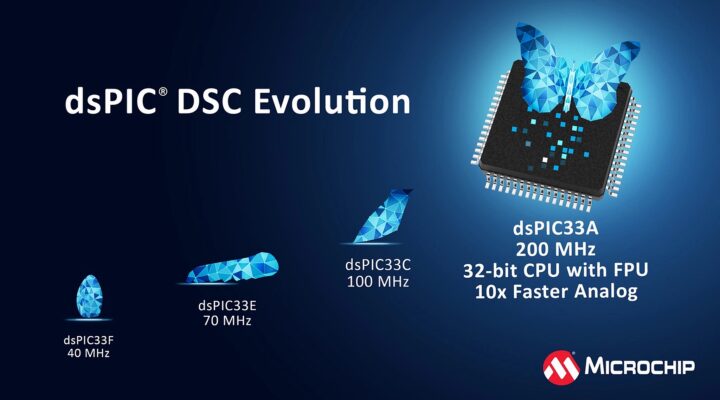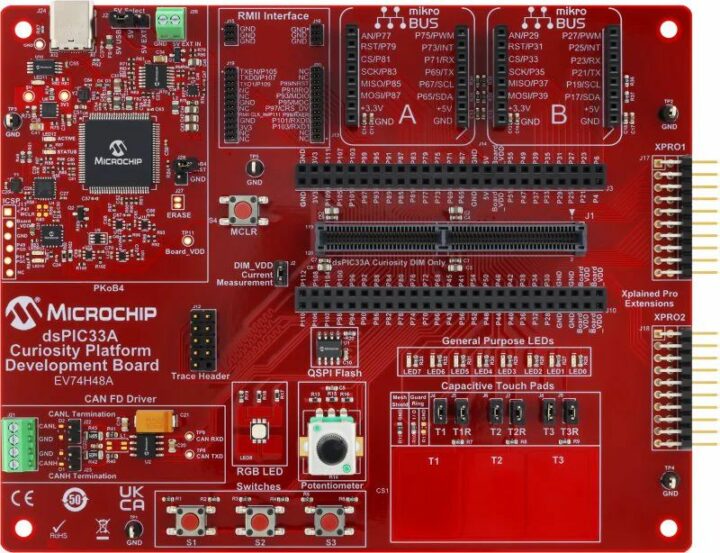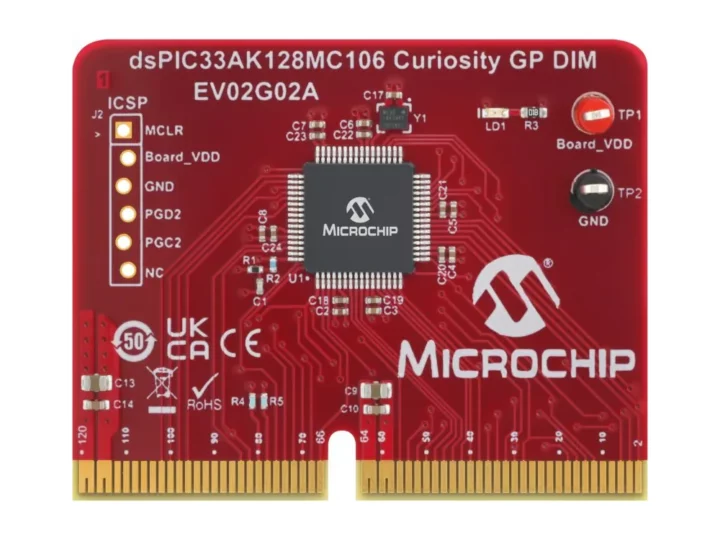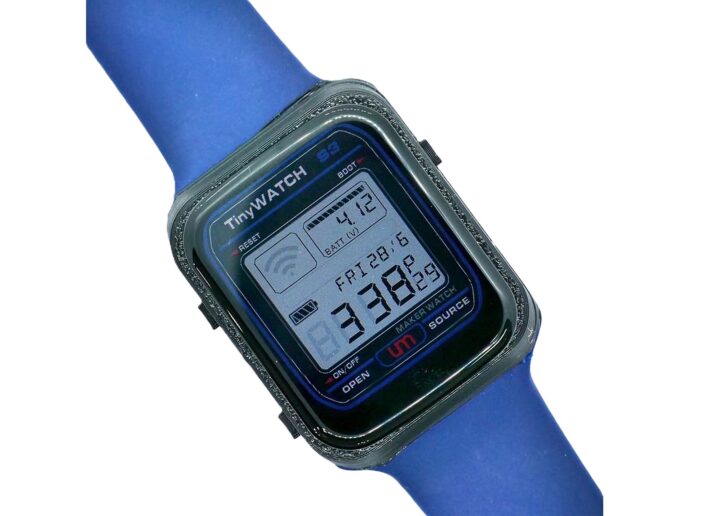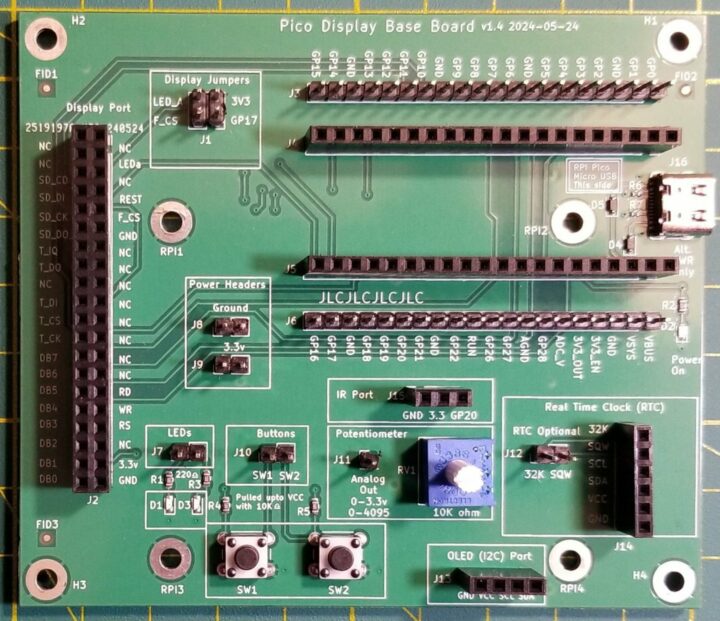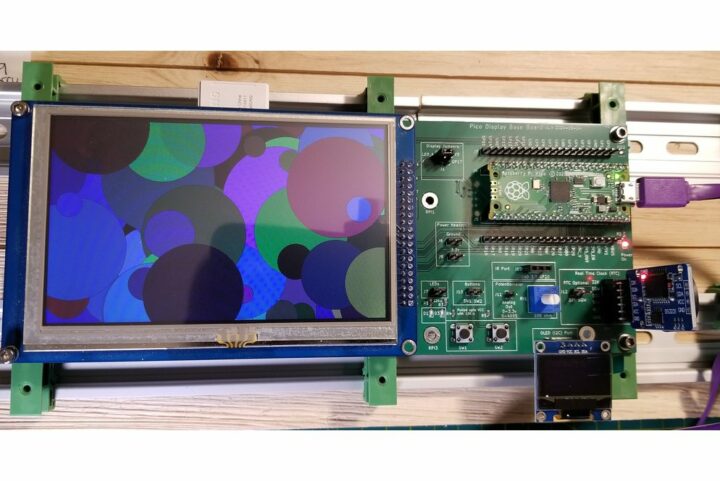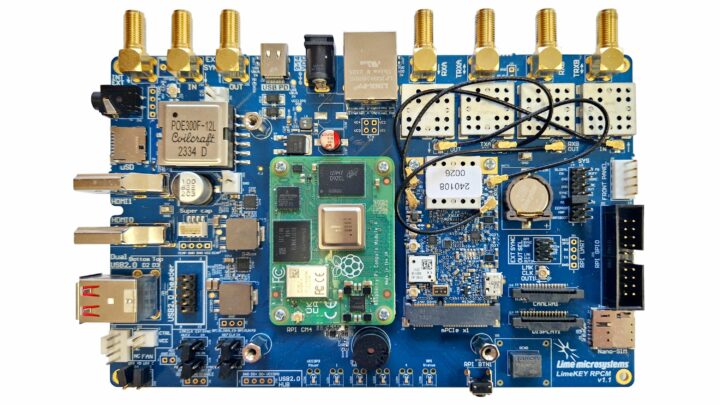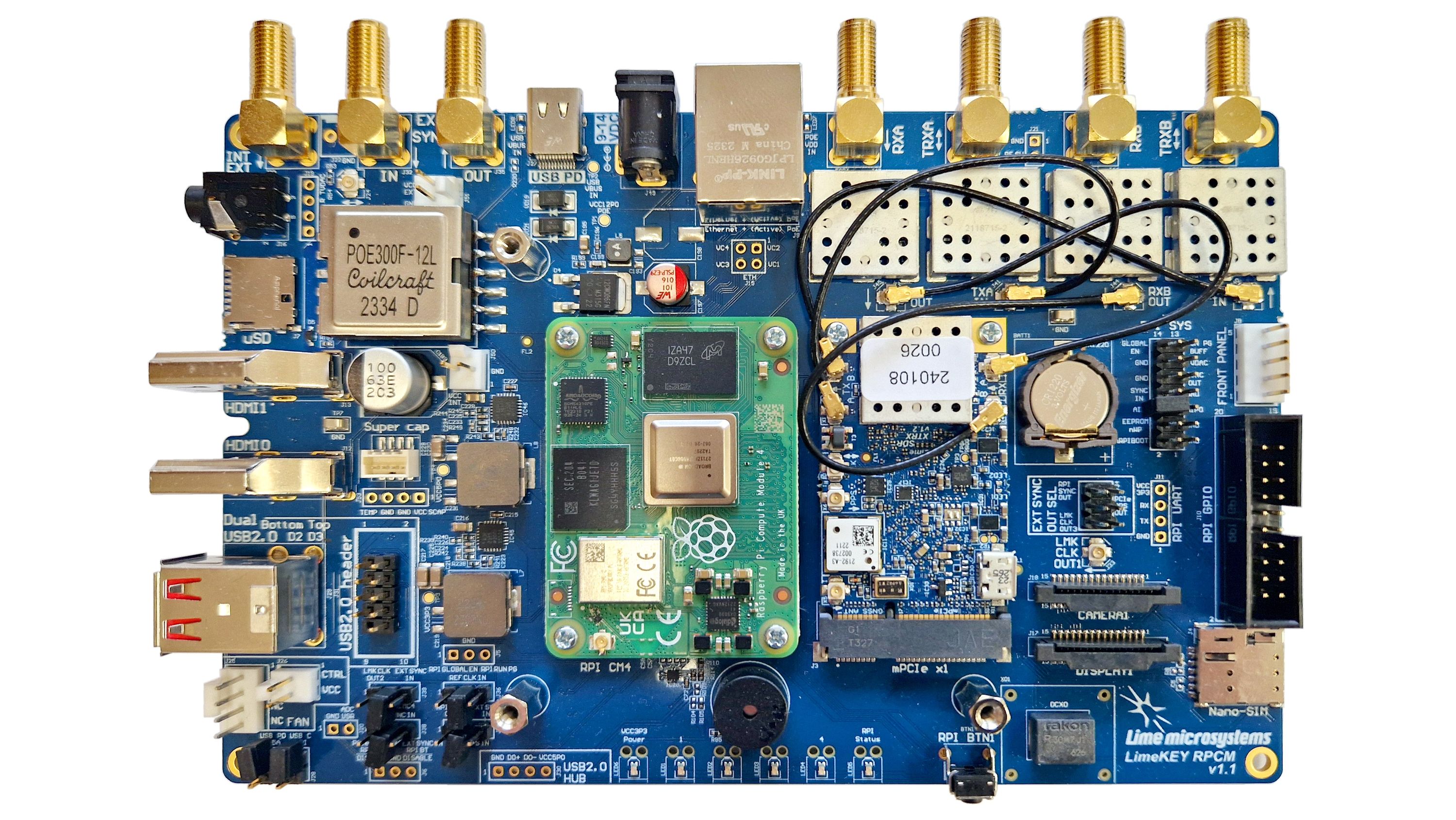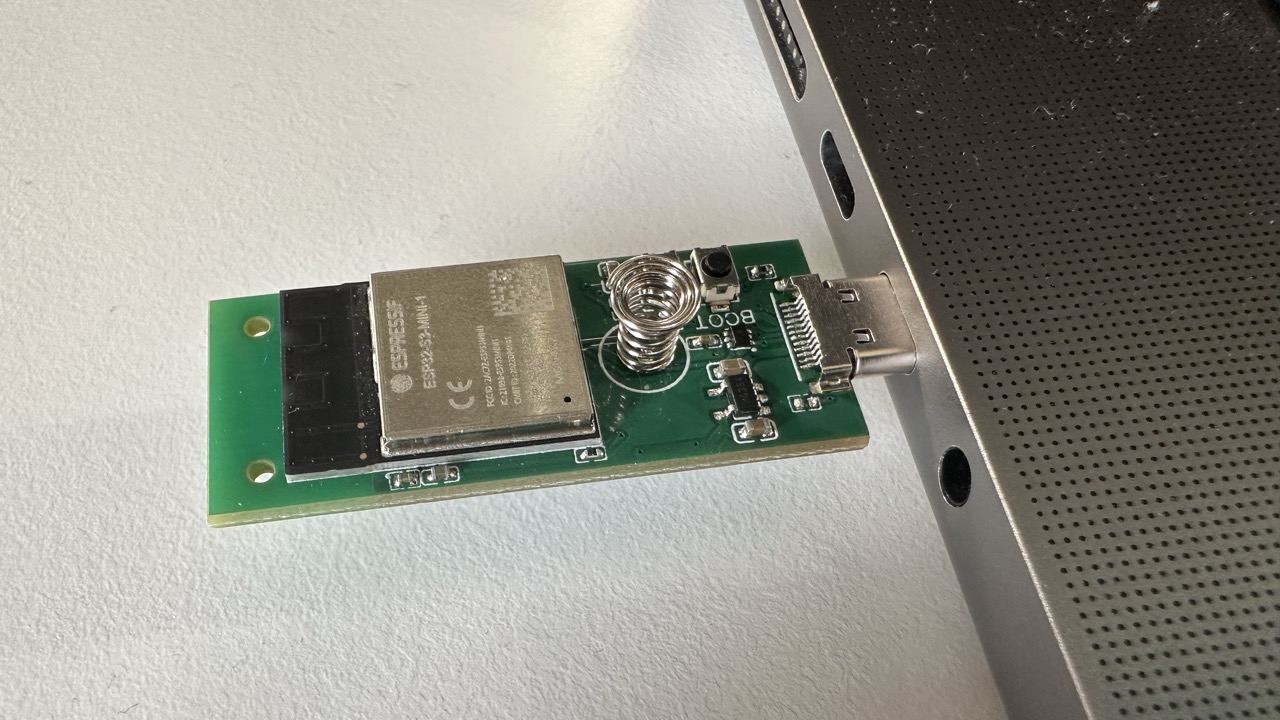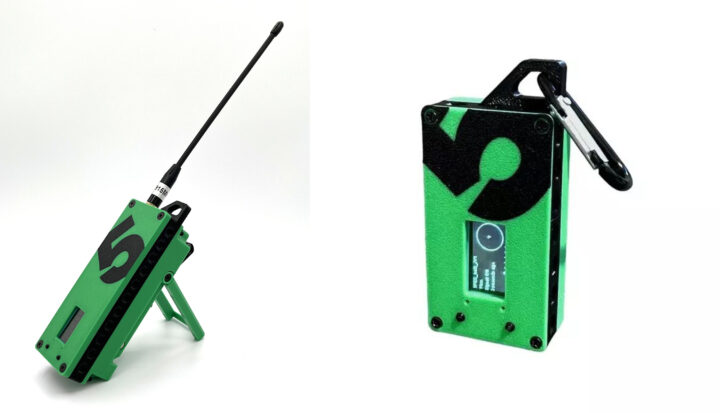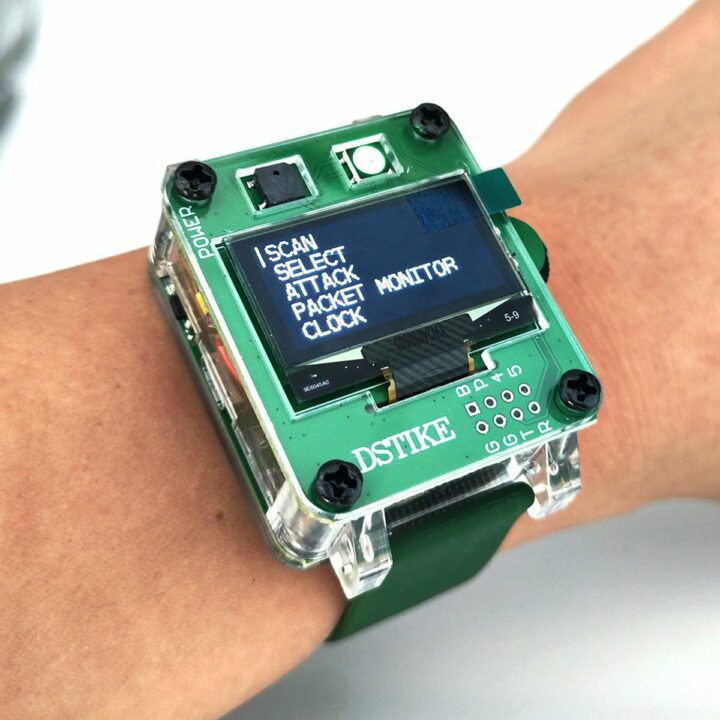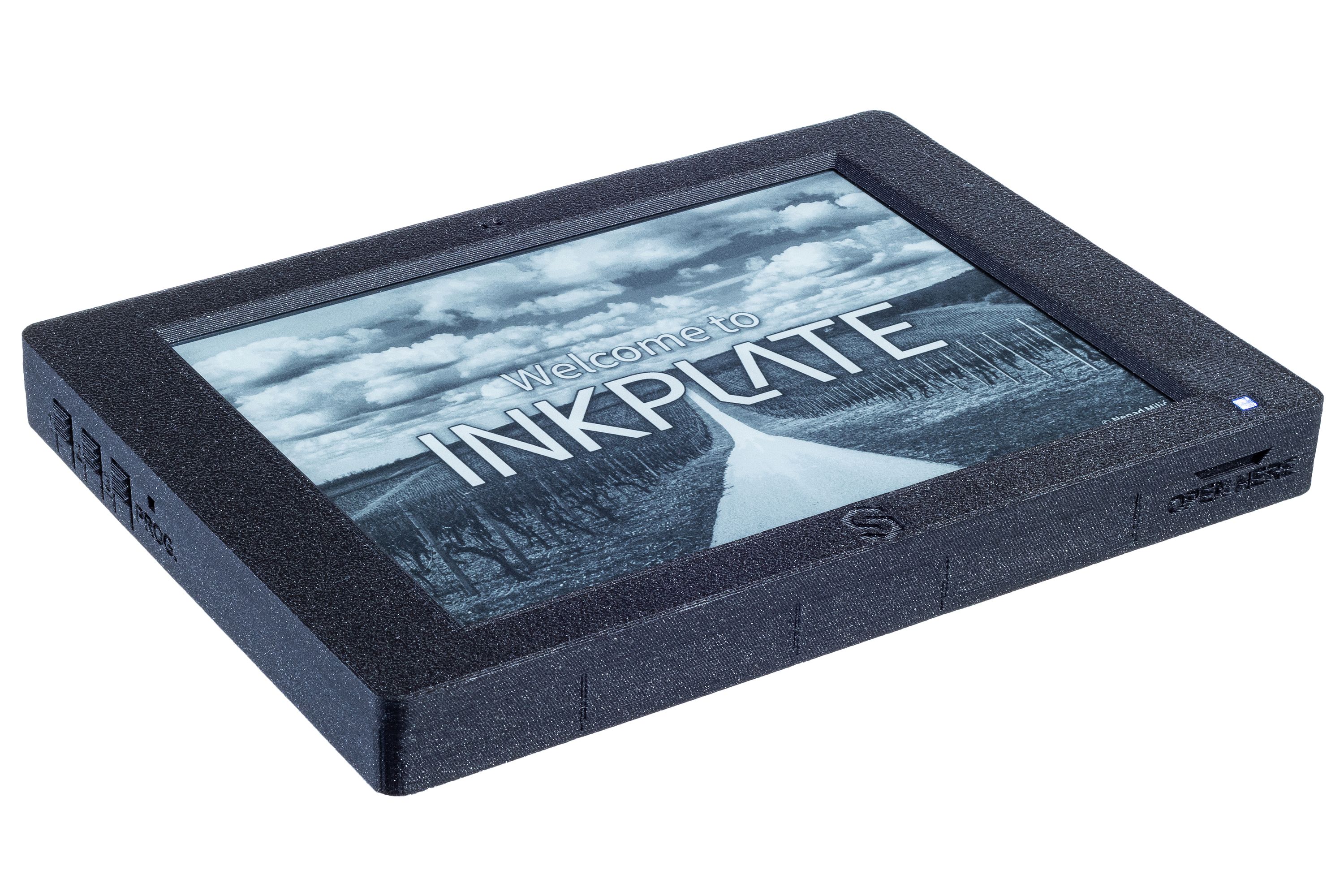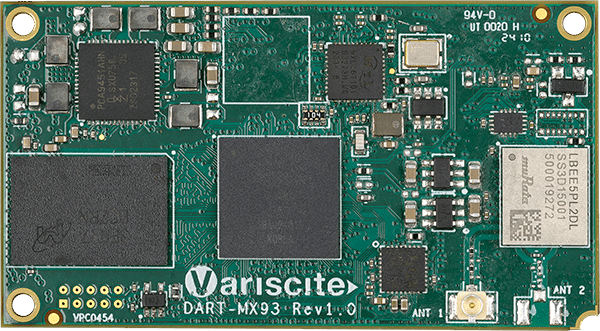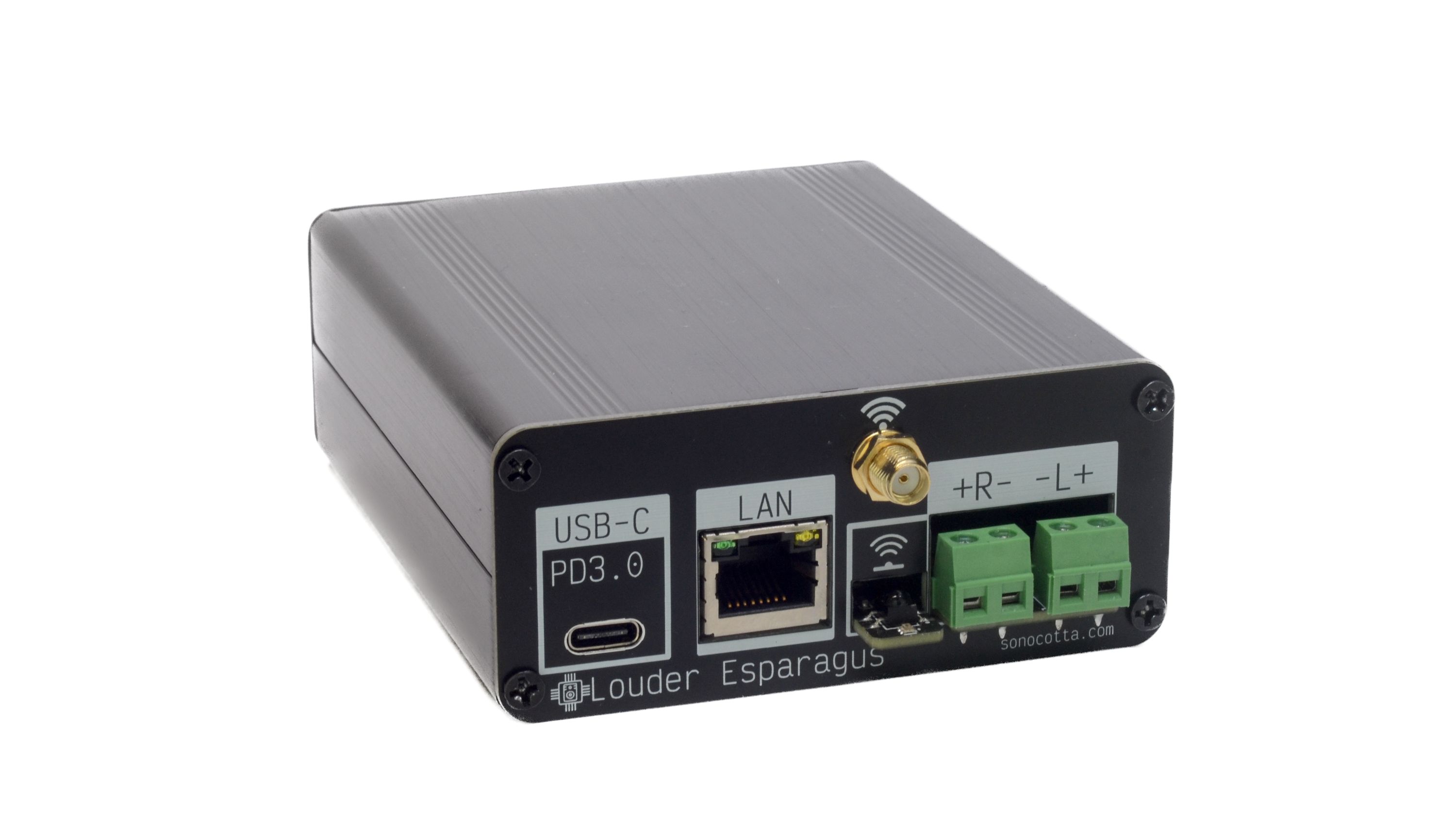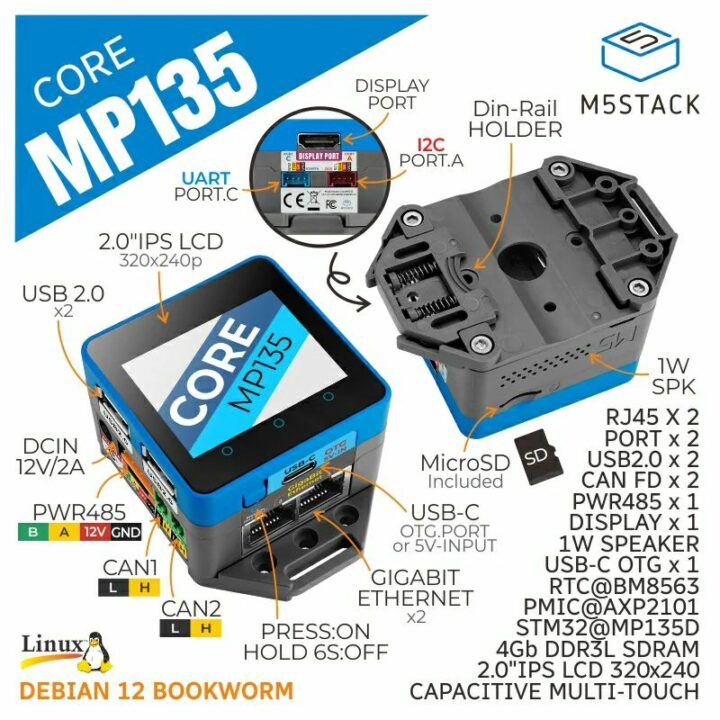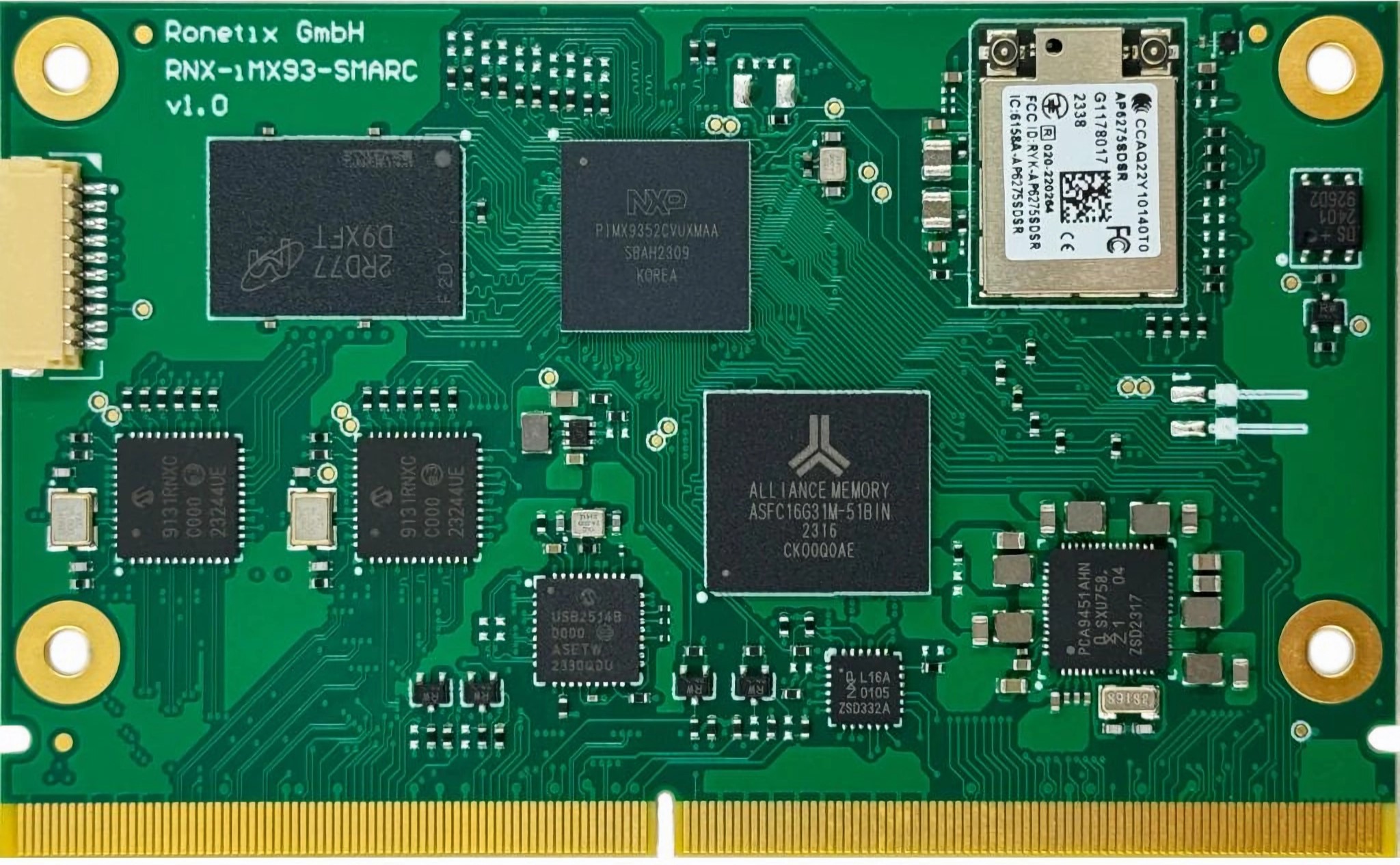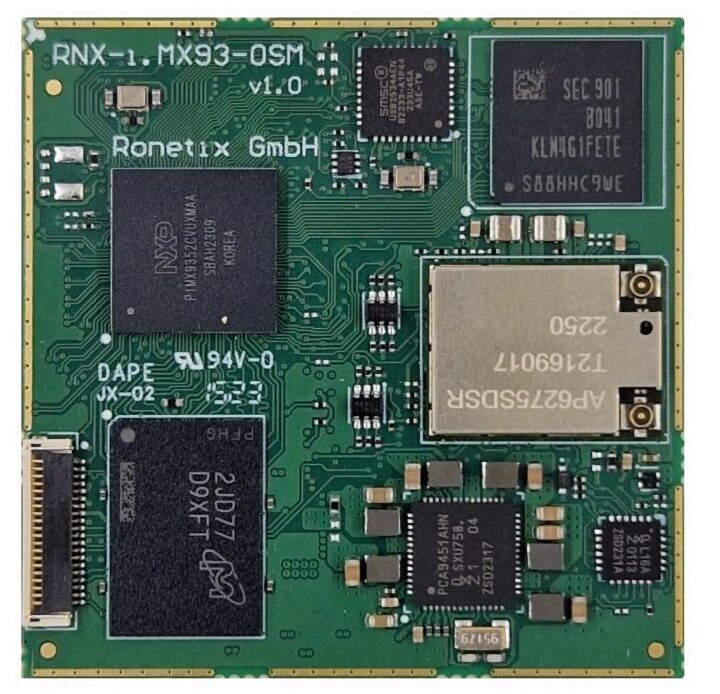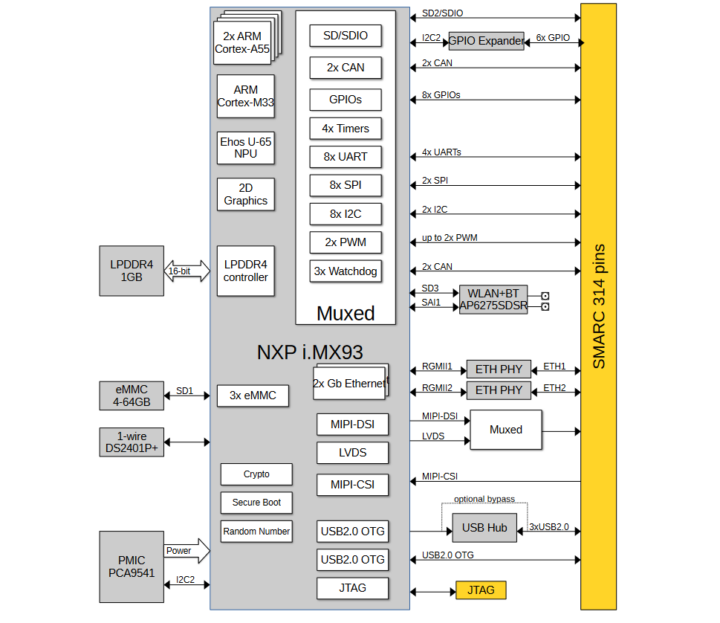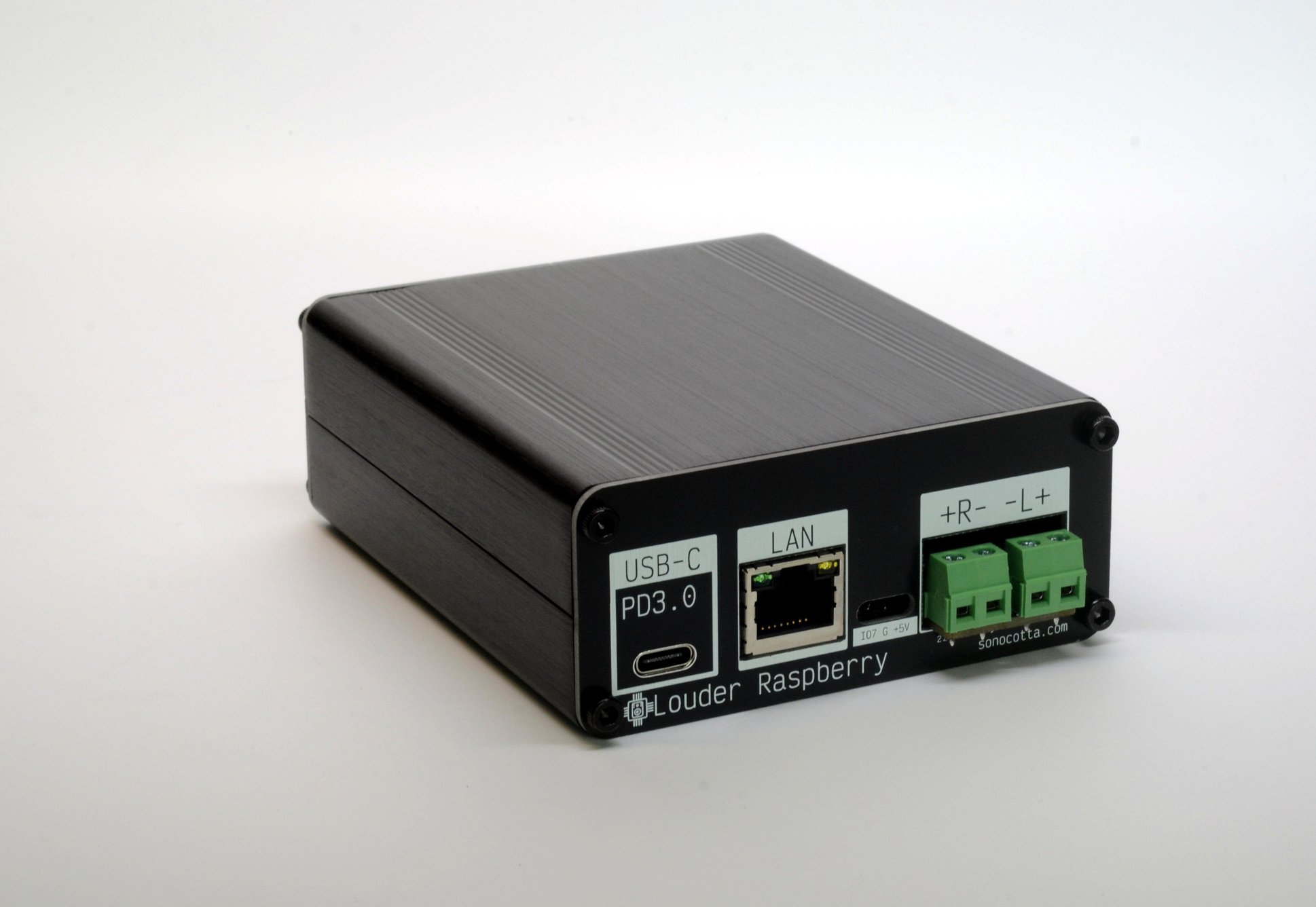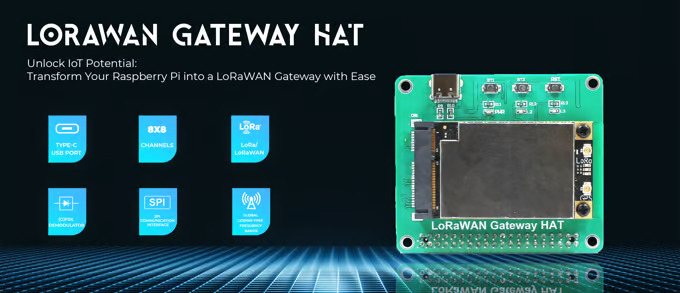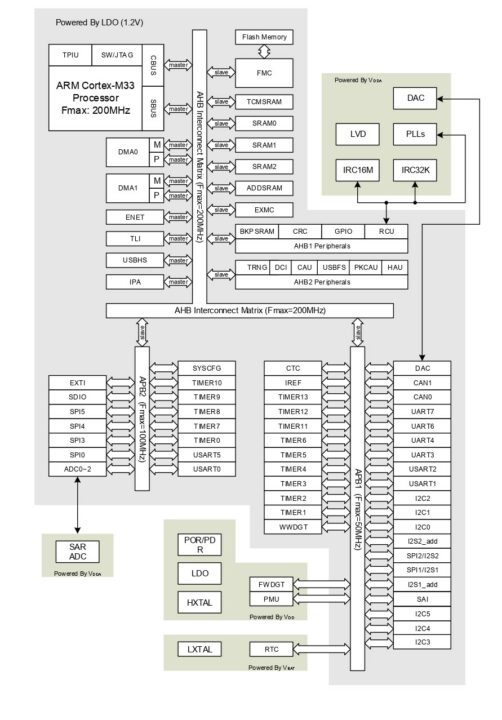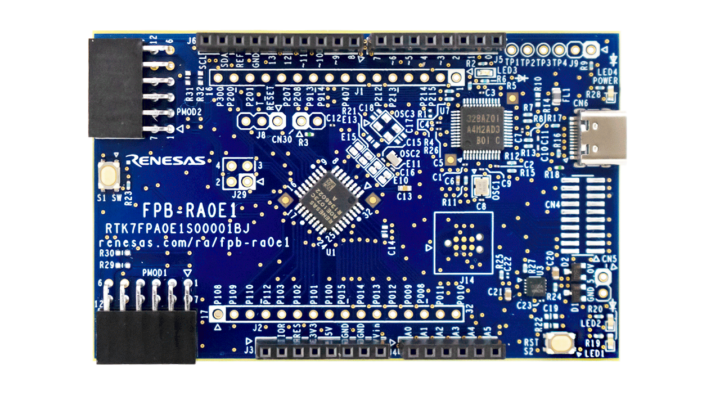ESP8266-powered Netgotchi network security scanner aims to protect your home network


The Netgotchi network security scanner is a simple, compact device based on an ESP8266 wireless microcontroller with a single goal: to defend your home network from intruders and potential bad actors. It is described as “Pwnagotchi’s older brother,” a network guardian that keeps your network safe instead of penetrating it.
If you are unfamiliar with Pwnagotchi, it is an A2C-based (advantage actor-critic) “AI” that can penetrate Wi-Fi networks using WPA key material obtained from passive sniffing or de-authentication attacks. The Netgotchi is a reverse Pwnagotchi that alerts you to intruders or breaches in your network. It runs on a simple microcontroller and cannot employ reinforcement learning like the Pwnagotchi. Rather, it pings the network periodically and reports any new potential security threats.
The device’s design is as simple as its purpose. It is an ESP8266 microcontroller connected to an OLED display and running an Arduino .ino script, enclosed in a 3D-printed case. It is powered via USB and does not contain batteries, so an external power bank is required for portable use.

The Netgotchi software is open-source and available in ESP32 and ESP8266 versions in the GitHub repository, alongside an installation guide. The device has been tested and is compatible with Minigotchi firmware. Minigotchi is a currently archived project that is essentially a tiny Pwnagotchi, and performs deauth attacks and advertisements.
The Netgotchi scanner is limited to 2.4GHz Wi-Fi networks and will scan compatible networks at intervals. It scans hosts for vulnerable services such as Telnet, FTP, SSH, and HTTP and marks them as “WRNG!” to indicate a potential security risk. The “WRNG!” indicator can be toggled on or off using the securityScanActive flag. The Honeypot functionality exposes a service to lure potential intruders and triggers an alarm when breached. The scanner features a web interface and supports a headless mode for cyberdecks and other devices.
The Netgotchi network security scanner is priced at $69 on Tindie and comes pre-assembled with a USB cable in the box. Multiple color options are available on request. Due to the device’s open-source nature, there is no post-sale warranty.
There aren’t a lot of open-source devices aimed primarily at identifying security threats on your home network, but you may be interested in deauthentication hardware such as the Flipper Zero add-on, the Marauder Pocket Unit, and the Deauther Watch X.
The post ESP8266-powered Netgotchi network security scanner aims to protect your home network appeared first on CNX Software - Embedded Systems News.










